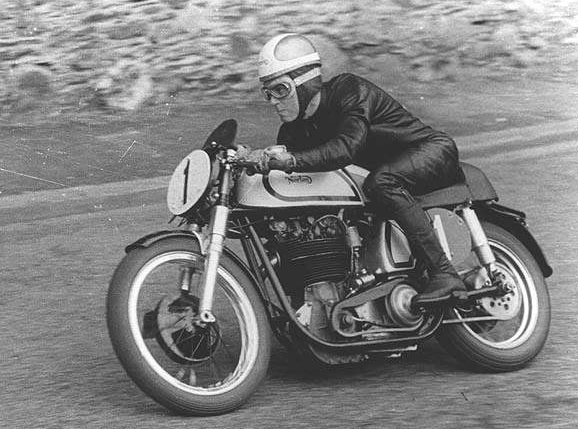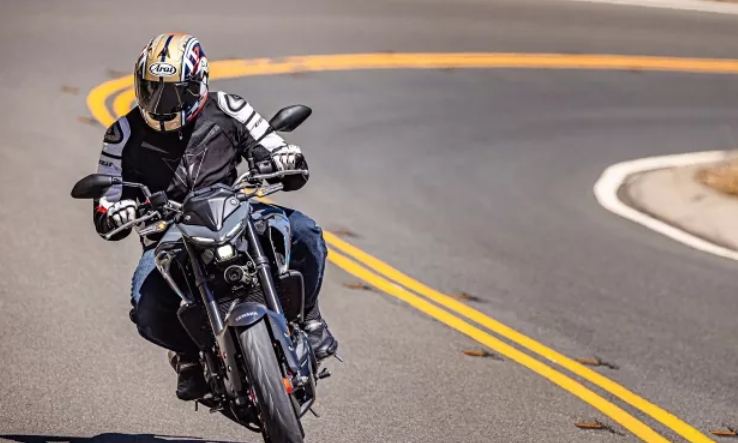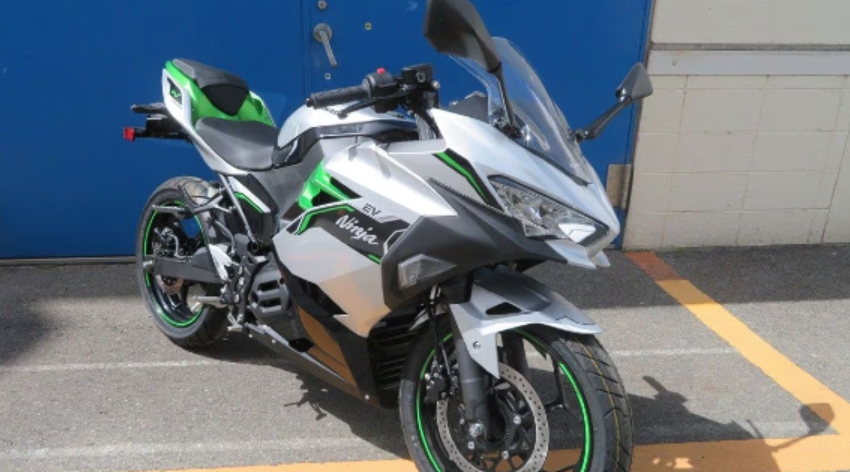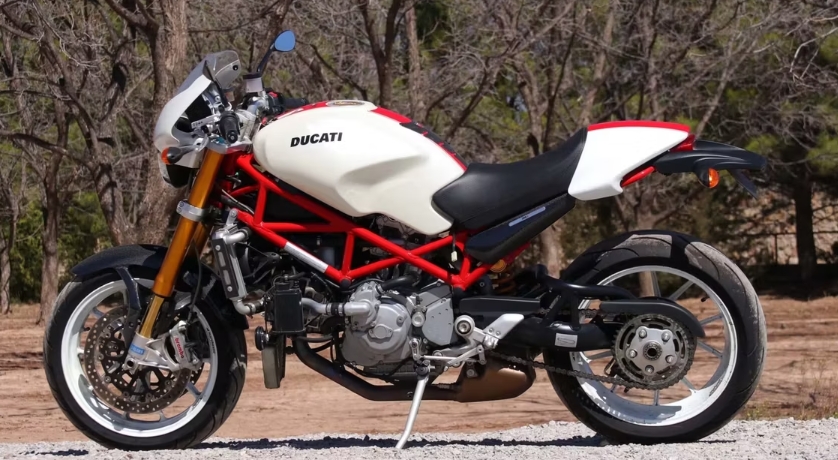At the turn of the 19th and 20th centuries, motorcycle races were very popular in Europe, and motorcycle races on the Isle of Man began to be held when the British government banned such events on English roads. This is how the Isle of Man TT (which stands for Tourist Trophy) was born.
Every year the quiet and measured life of the island becomes like a large bee hive. At this time, TT races are held here, which turn the peaceful roads of the island into a dangerous 60 km track.
The first race took place on May 28, 1907, 25 riders took part in it. Then the winner was Ram Fowler, showing an average speed of 58.2 km / h. Now this result seems ridiculous, but at that time it was considered a great achievement, given the complexity of the track. Later, in the 50s, the threshold of 150 km / h was exceeded, and for today’s athletes, 200 is not the limit.
Over a hundred years, more than two hundred people have died during the races. Unsurprisingly, the question of closing them is raised from time to time. Nevertheless, TT racing is still considered a very important event in the world of motorcyclists. The action on the Isle of Man takes place not on the track, as usual, but on asphalt winding public roads, surrounded by stone fences, poles, trees. The track is extremely dangerous, but every year a huge number of people look forward to June to see this spectacular sight with their own eyes.
The race starts from the town of Douglas on the southeast coast of the island, passes through the town of Ramsey in the northeast, and returns to the starting point. One lap of the track is more than 60.7 km, while there are more than 200 bends, turns and bends on the track. The altitude also changes – the road either descends to sea level, then rises almost 400 meters above it. The Isle of Man circuit is considered a perfect example of road racing, when competitions are held not on a purpose-built track, but on ordinary roads, which are closed to racing in principle, and practically without any opportunity to conduct test runs and practice.
The race is held in five classes: TT Superbike (750 to 1000 cube), TT Superstock (600 to 1200 cube), Supersport Junior TT (400 to 750cc), Senior TT (various) and Sidecar (with sidecar). Athletes need to complete three to six 60-kilometer laps, depending on the class. 85 riders can take part in each class.
The most famous and most victorious TT racer was Joy Dunlop, who won the Isle of Man 26 times. Dunlop died tragically at the age of 48 in July 2000, and at a race not in Britain, but in Estonia. More than 50,000 people attended the funeral. In Northern Ireland, in his hometown of Ballymaney, a monument to the racer was erected and one of the stages of the Tourist Trophy on the Isle of Man now bears his name.
Two years ago, nine-time Tourist Trophy champion Dave Jeffries gave a characterization of this circuit, which he has repeatedly passed and knew perfectly well:
“To achieve success on the island, you have to be in absolute harmony with yourself, you need to know exactly what you are doing, and understand that you can return home in a box.” Ironically, after that, Dave Jeffries left the Isle of Man just like that after he bumped into a telegraph pole in the village of Crosby.
But those who criticize racing on the Isle of Man are not liked, even if such a legendary racer like the late Barry Sheen gives a negative assessment. The famous motorcycle racer only once participated in TT, in 1971. He thought the circuit was too dangerous, so he started campaigning to get TT motorcycle racing to be stripped of World Championship status.
“The track is inherently dangerous.“ But it’s all part of the experience. It’s a real treat for the working guys, ”says Albert Prince, mechanic from Wolverhampton, Midlands.
It is noteworthy that the race is held in one of the most calm and quiet areas of the island, almost always in the last week of May and the first week of June. When the first bikers start arriving on the island, locals greet them with welcome posters. Journalists, motorcyclists and tourists gather at the track, they take pictures, relax, and have picnics. And despite all the danger, the unpredictability of the track and its bloody history, every year everyone is looking forward to these days to feel the unique holiday atmosphere that reigns here.




